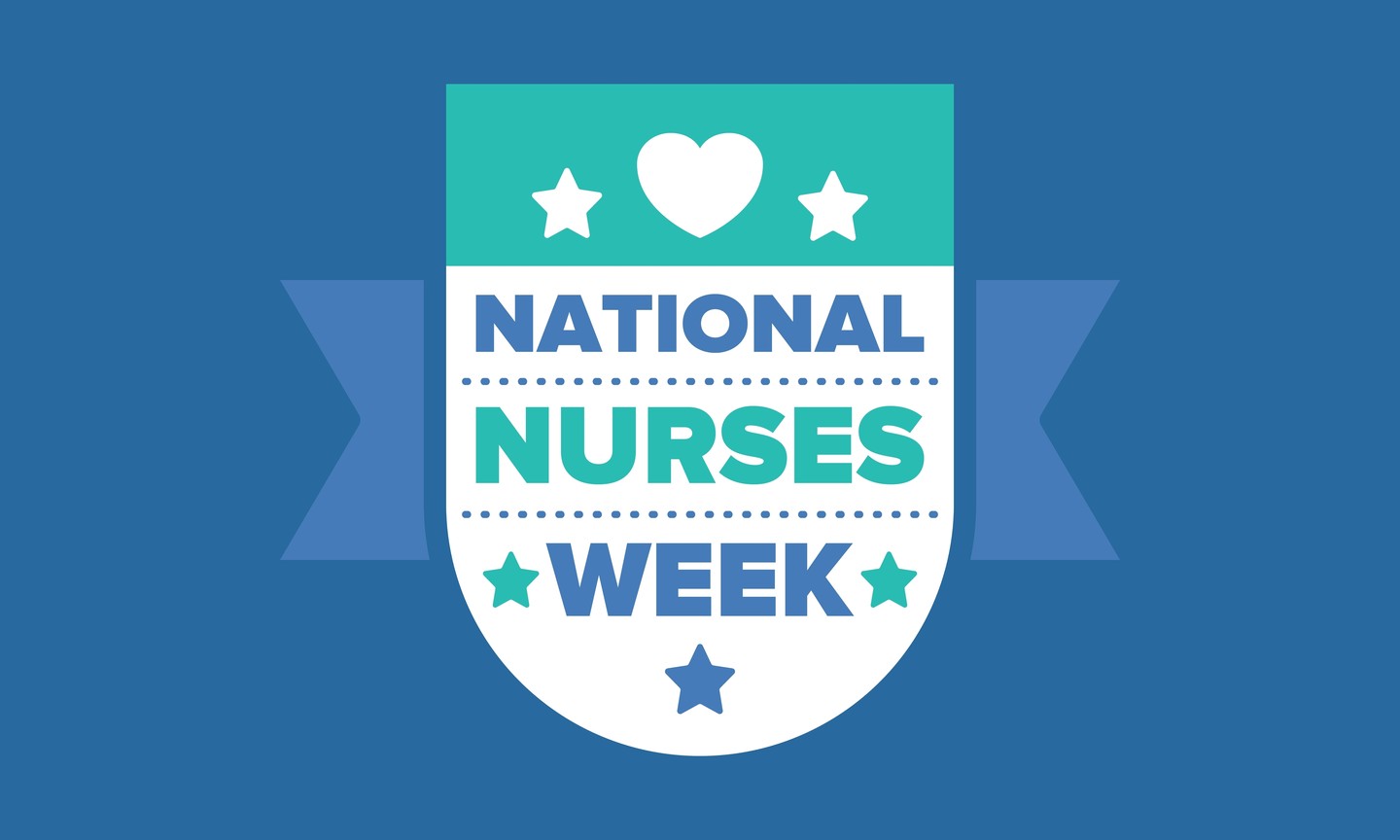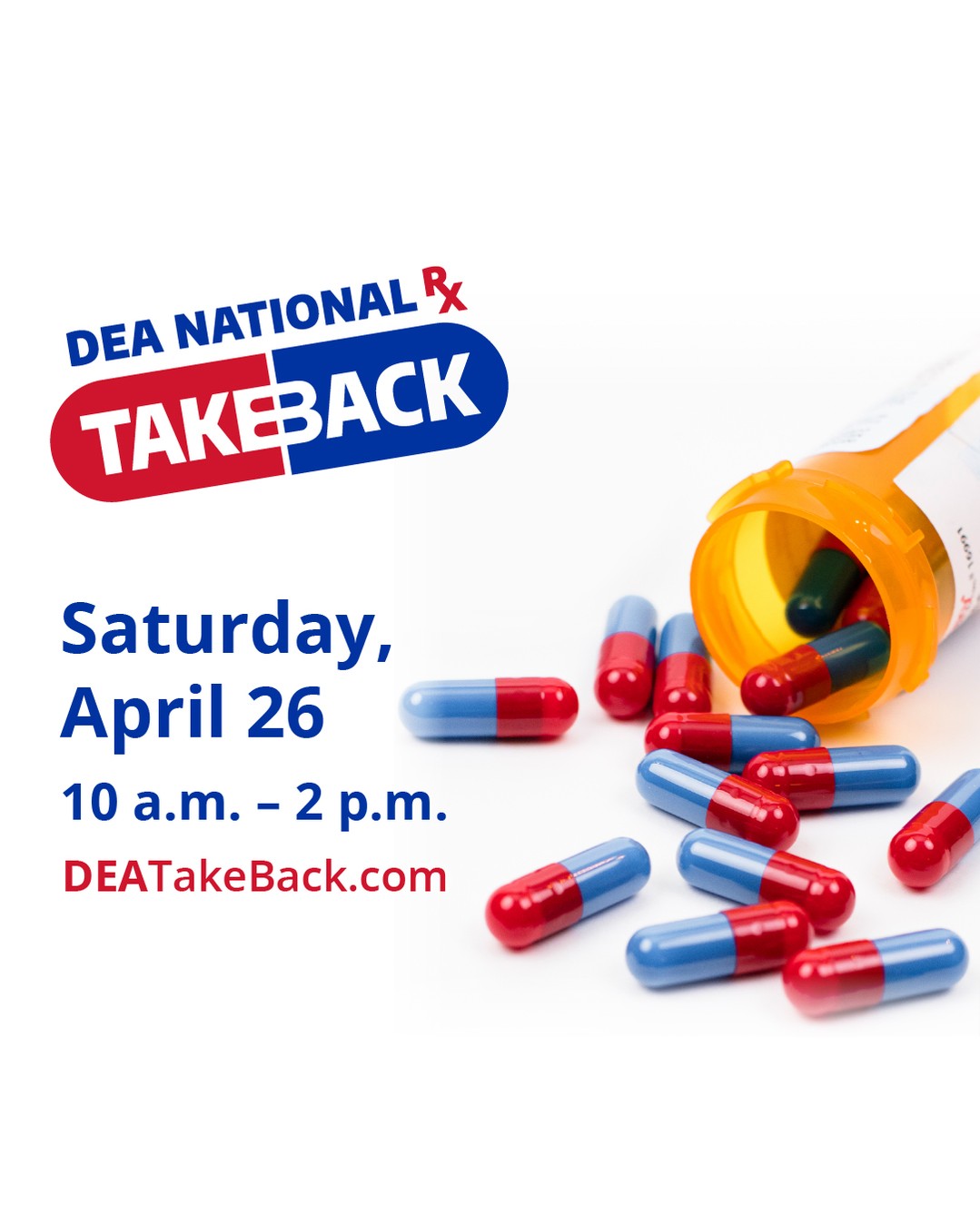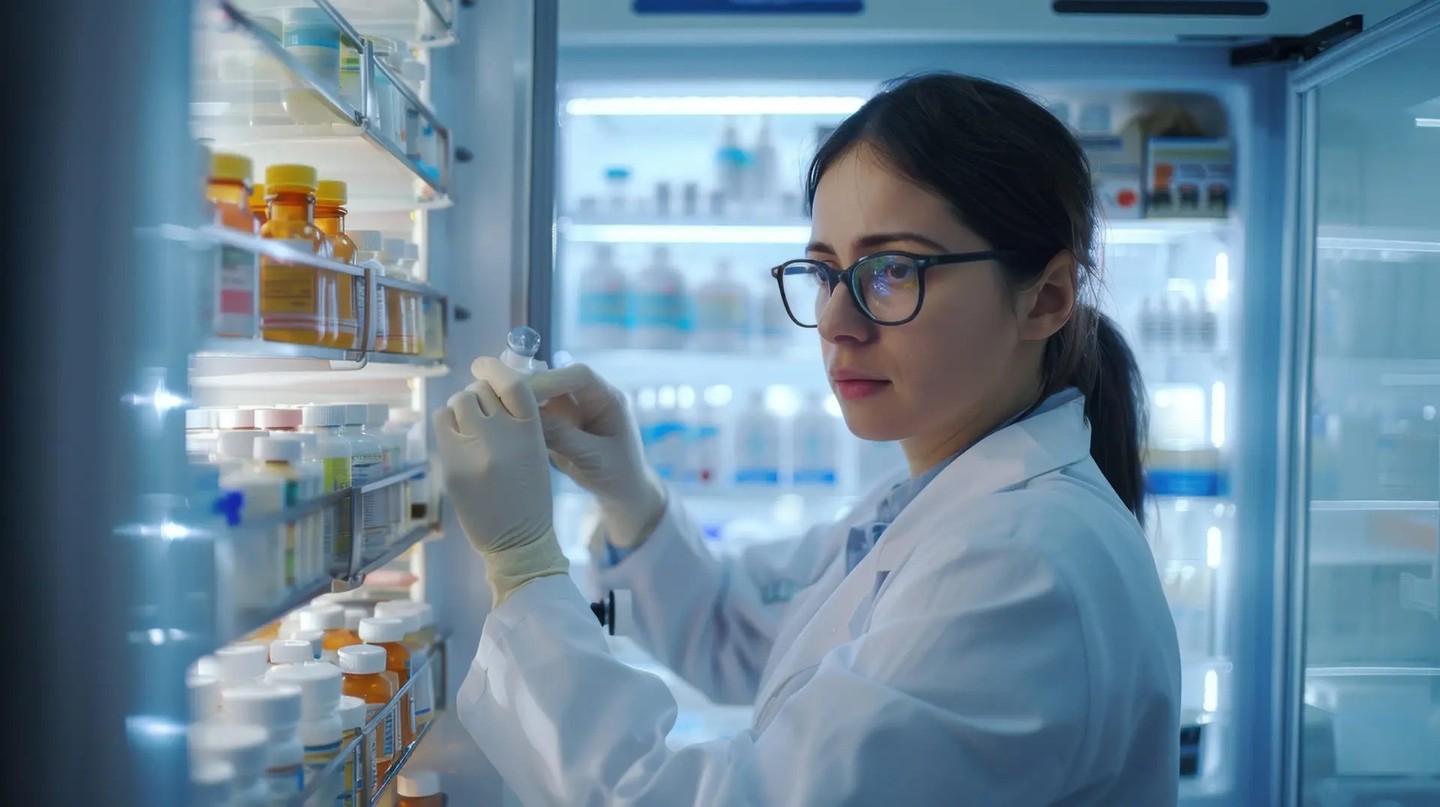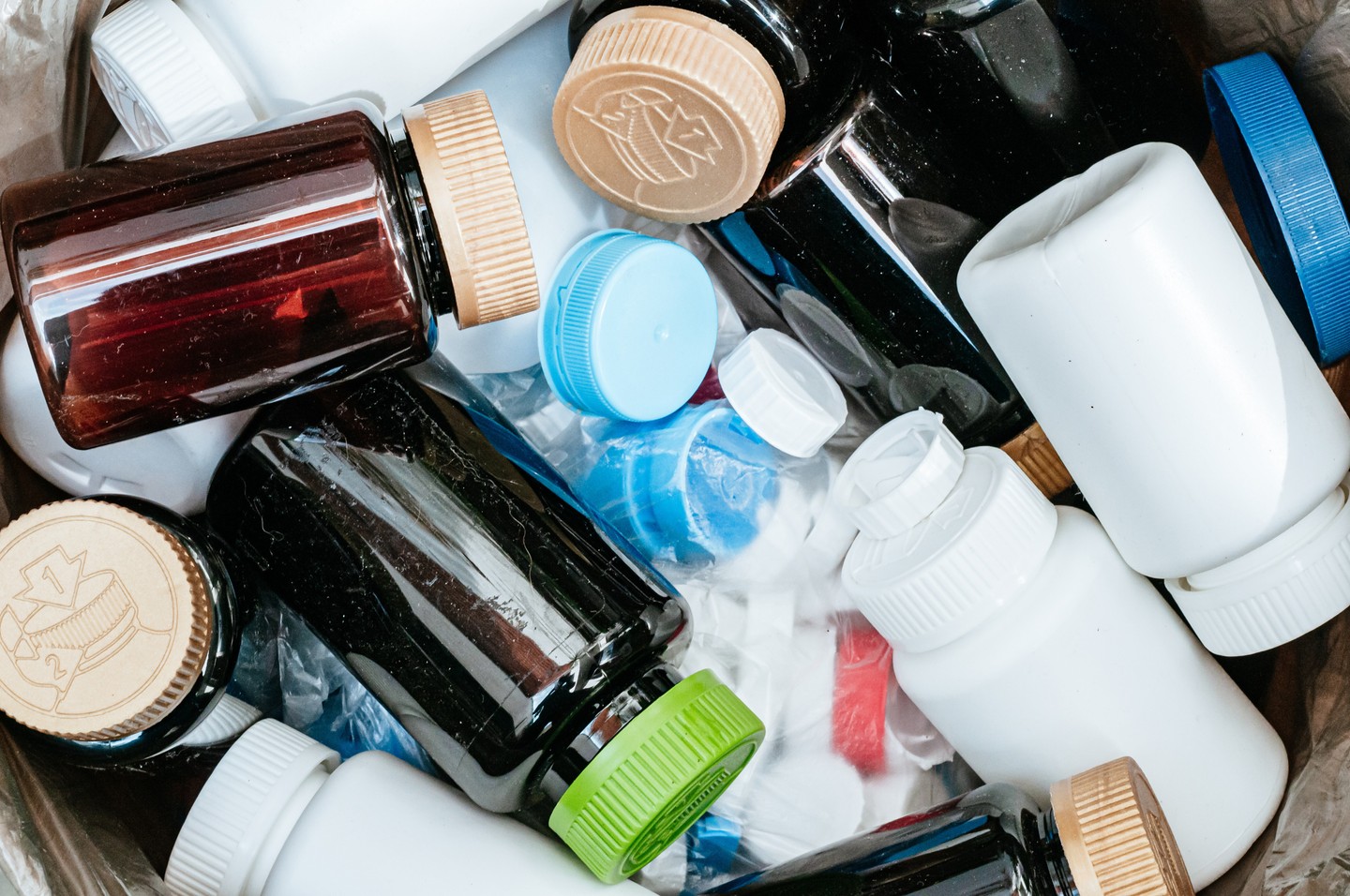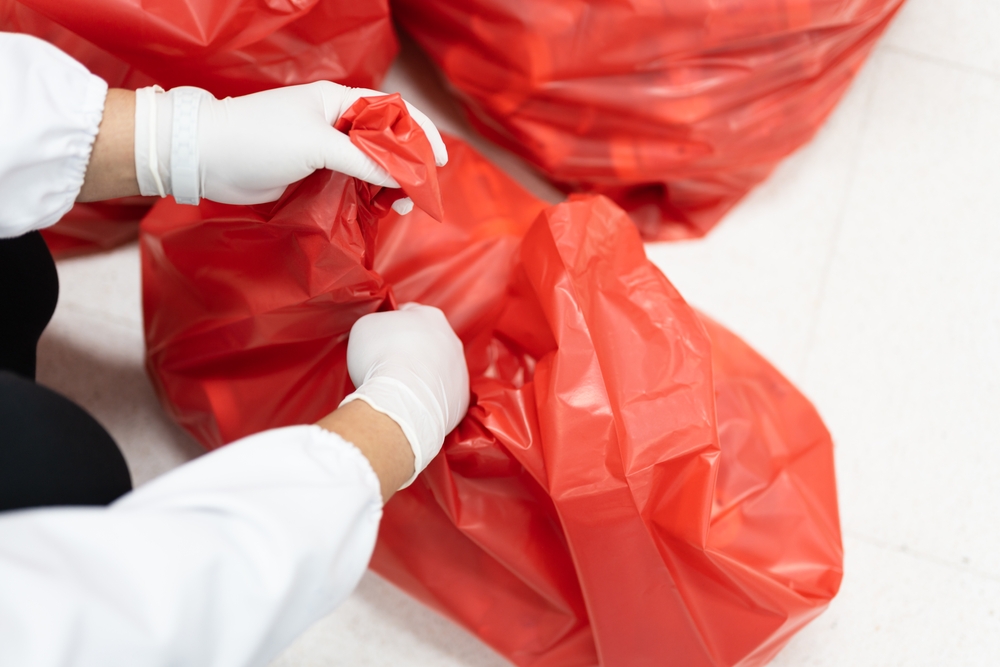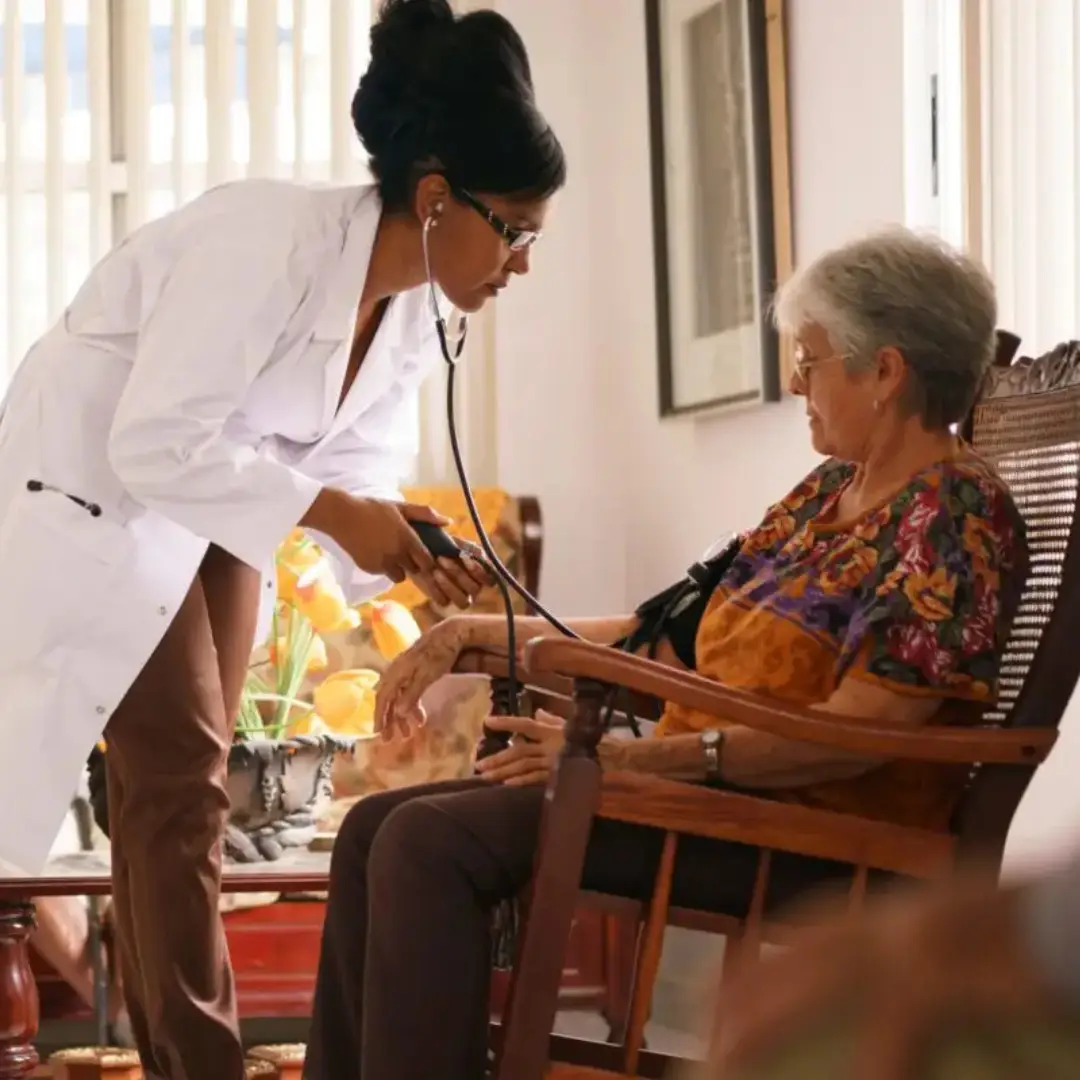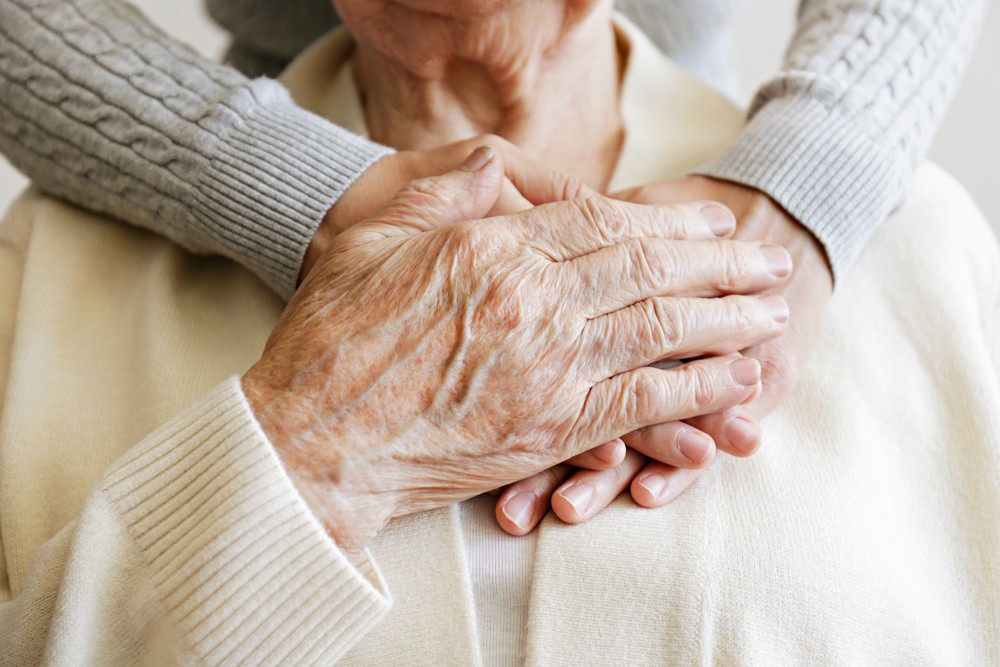In healthcare settings, the safety and well-being of healthcare workers are paramount. One overlooked area of concern is the occurrence of needlestick and sharps injuries. These incidents, often a consequence of mishandling medical waste, pose a significant health risk to healthcare professionals. This comprehensive guide aims to provide a thorough understanding of needlestick and sharps injuries, their implications, and practical steps for their prevention.
Understanding Needlestick & Sharps Injuries
A needlestick injury is a percutaneous piercing wound typically caused by a needlepoint, resulting in exposure to potentially harmful body fluids, according to the Centers for Disease Control and Prevention (CDC). Such injuries often occur during the use, disassembly, or disposal of needles.
Sharps injuries are similar to needlestick injuries, but they involve any sharp medical instrument, including scalpels, lancets, and broken glass or capillary tubes. Sharps injuries occur most often during instrument passing, cleaning, or disposal processes, per the CDC.
Needlestick and sharps injuries often occur during high-stress situations, such as emergency medical procedures. Other common scenarios include mishandling sharps waste, hurried movements, inadequate staff training, and neglecting the usage of PPE.
Risks & Consequences of Needlestick & Sharps Injuries
Exposure to Bloodborne Pathogens. Healthcare workers exposed to needlestick and sharps injuries are at a high risk of contracting bloodborne pathogens such as:
Hepatitis B virus (HBV): This highly infectious virus affects the liver, causing acute and chronic disease.
Hepatitis C virus (HCV): Like HBV, HCV also affects the liver, leading to life-threatening conditions such as liver cancer and cirrhosis.
Human immunodeficiency virus (HIV): Although the risk is low, it’s still possible to contract HIV through needlestick and sharps injuries.
Psychological and Emotional Impact on Healthcare Workers. The occurrence of a needlestick or sharps injury can lead to significant psychological stress. This stress, along with the fear of potential infection, can greatly affect healthcare workers’ mental health and job performance.
Legal and Financial Implications for Healthcare Institutions. Healthcare institutions can face legal repercussions and substantial costs following a needlestick or sharps injury incident, including the expenses related to post-exposure prophylaxis and compensation claims.
Compliance with Safety Standards & Regulations
Maintaining safety in healthcare settings involves stringent compliance with established standards and regulations.
OSHA mandates that healthcare institutions follow its guidelines to ensure the safety of healthcare workers. The standard, established by OSHA, outlines precautions to reduce the risk of occupational exposure to bloodborne pathogens. The Needlestick Safety and Prevention Act (NSPA) encourages healthcare institutions to implement safer medical devices to prevent needlestick injuries.
Safety-engineered devices are designed to prevent needlestick and sharps injuries, and their use is strongly recommended by several regulatory bodies.
Preventive Measures for Needlestick & Sharps Injuries
Prevention is always better than cure. To significantly reduce needlestick and sharps injuries, the following measures can be implemented.
1. Proper handling and disposal of sharps: It’s essential that healthcare workers are trained to properly handle and dispose of medical waste.
2. Safe injection practices: Adhering to safe injection practices is another effective way to prevent needlestick and sharps injuries.
3. Awareness of high-risk procedures and devices: Healthcare workers should be educated about the procedures and devices that pose a high risk for these injuries.
Personal Protective Equipment
1. Gloves & Gowns: Gloves provide a barrier against needlestick and sharps injuries. Gowns can protect against splashes that can lead to sharps injuries.
2. Face shields or goggles: These can protect the eyes from blood or body fluid splashes.
3. Safety-engineered devices: These devices are designed with safety mechanisms to prevent injuries.
4. Needleless systems and blunt-tip cannulas: These alternatives to traditional needles can reduce the risk of needlestick injuries.
Administrative Controls
Adoption of policies and protocols: Healthcare institutions should have clear policies and protocols for preventing and managing needlestick and sharps injuries.
Reporting and surveillance systems: Effective reporting and surveillance systems can help identify and address problem areas in a timely manner.
Needlestick and sharps injury prevention committees: These committees can ensure that preventive measures are being implemented and updated as necessary.
Post-Exposure Management & Support
Despite preventive measures, injuries may still occur. In such cases, effective post-exposure management is crucial.
The first step following a needlestick or sharps injury is to wash the wound with soap and water. Healthcare workers should then report the incident to their supervisor. Clear and simple reporting procedures ensure that incidents are reported and addressed in a timely manner.
After a needlestick or sharps injury, medical evaluation and follow-up, including post-exposure prophylaxis for HIV and hepatitis B and C, are crucial. Emotional and psychological support for affected healthcare workers is also important. Support, including counseling, should be available to help healthcare workers cope with the psychological impact of a needlestick or sharps injury.
Case Studies & Success Stories
Healthcare institutions around the globe have effectively reduced needlestick and sharps injuries through rigorous prevention programs. For instance, the University of Virginia Health System implemented a comprehensive sharps injury prevention program and successfully reduced such injuries by 50 percent over five years.
Effective implementation of safety measures can significantly reduce the incidence of needlestick and sharps injuries. A study published in the Journal of Hospital Infection found that comprehensive prevention programs could decrease such injuries by up to one-third.
Future Directions & Emerging Technologies
Advancements in Safety-Engineered Devices. Newer safety-engineered devices are being developed and refined to provide better protection against needlestick and sharps injuries. These include retractable needles and self-capping needles.
Research on Alternative Methods for Safe Sharps Disposal. Emerging research focuses on developing safer and more efficient methods for sharps disposal. These include puncture-resistant containers and self-disposing syringes.
Technological Innovations for Training and Education. Virtual reality and other innovative technologies are being explored to improve training for healthcare workers in handling sharps safely.
Conclusion
Preventing needlestick and sharps injuries is critical in maintaining a safe healthcare environment. These injuries pose serious health risks to healthcare workers and entail significant financial and legal implications for healthcare institutions.
Healthcare workers should be well-versed in the proper handling and disposal of sharps, understand the high-risk procedures and devices, and be trained in the use of safety-engineered devices and PPE. Regular training, adherence to safety protocols, and prompt reporting of any injuries are integral to ensuring worker safety.
Healthcare institutions should prioritize the implementation of safety measures to prevent needlestick and sharps injuries. This includes adopting rigorous safety protocols, investing in safety-engineered devices, and providing regular training for staff.
The threat of needlestick and sharps injuries in healthcare settings is real, but it can be mitigated through concerted efforts in education, safety measures, and continuous technological advancements. As we strive for a safer healthcare environment, let’s remember that every needlestick or sharps injury prevented is a potential life saved.
This content, Preventing Needlestick and Sharps Injuries in the Healthcare Industry, was originally shared by Occupational Health & Safety June 21, 2023.
